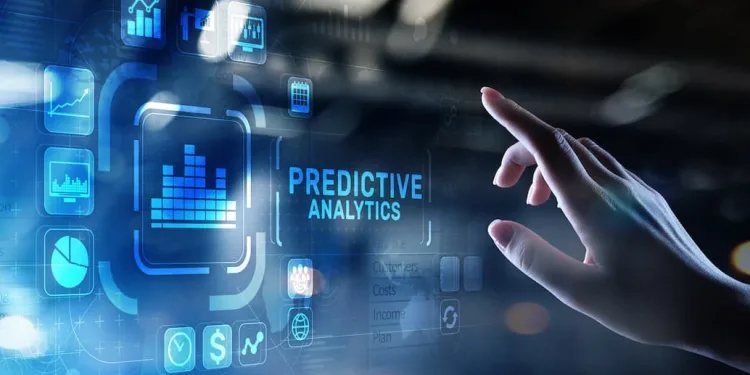
The health care industry is also leveraging Predictive Analytics to identify patients with chronic illnesses and prevent costly mistakes. Express Scripts, for example, uses analytics to identify patients not adhering to prescriptions. By using these insights, the insurer can save $1,500 to $9,000 per patient. To optimize parts, services, and distribution, manufacturers must identify and eliminate factors that contribute to reduced quality. In response, Lenovo has used predictive analytics to understand warranty claims and save ten to fifteen percent of its warranty costs.
This approach has many applications in the business world. Large search engines, marketing industries, and manufacturing industries are all big users. By analyzing historical behavior patterns, predictive analytics can help reduce risk, optimize operations, and set strategies. Predictive Analytics is a data science that analyzes cumulative data, and it’s used by all types of businesses. If you want to learn more about this innovative approach, read on. If you’re not yet familiar with the techniques of predictive analytics, here are some of the key points to understand it:
As a data science branch, Predictive Analytics uses techniques from statistics, machine learning, and artificial intelligence to predict future events. It’s often confused with machine learning, and is used in marketing, insurance, and customer service as well as to develop investment portfolios. Using data mining and predictive models, experienced data scientists can identify patterns and forecast future outcomes. As a result, they can increase the efficiency of decision-making and predict the future with greater accuracy.
Predictive Analytics uses historical and current data to make predictions. It uses statistics, machine learning algorithms, and data queries to create predictive models, placing a numerical value on the probability of an event. The results of this analysis help business leaders determine how to focus resources and improve the success of their business. It has become a common tool for companies that face challenges in their industries. There are many benefits to Predictive Analytics. If you’d like to improve your bottom line, you need to understand and use this technology.
Predictive analytics tools let you connect multiple data sources into a single platform. For example, a SaaS company can connect data from multiple sources, such as CRM, product, website, and call center notes. Data analytics tools help teams connect data from different sources and test hypotheses. For example, they can predict support calls from customers by their email domain, or predict fraudulent credit card usage from user profiles. By utilizing data, predictive analytics can help companies reduce their risk and identify opportunities.







